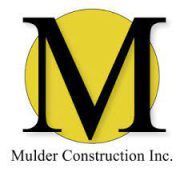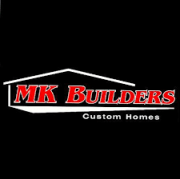Are you worried you might have roof damage?
Roof damage is something every homeowner dreads, but when left untouched, it can lead to extensive rot and water damage. This is why it is crucial to be on the lookout for common signs of roof damage so you can stop any leaks in its tracks.
If you suspect you have roof damage, the first signs you should be looking for are:
- Missing shingles
- Water leaks
- Damaged Flashing
Keep reading to learn more signs of roof damage and how to fix each one!
Signs of Roof Damage to Watch Out For
As a homeowner, it’s your job to keep a watchful eye on your roof and home for signs of storm damage, wear and tear, or any other signs that your roof is losing its integrity. Some roof damage is so obvious that you can tell there’s something wrong at first glance, but others are a little more mysterious and require a keen eye. Luckily, we’re here to tell you what to look for, when to look for them, and the steps needed to fix the problem.
Missing Shingles
An obvious sign of roof damage is if you have missing shingles. This can be caused by several things, but more often than not, it’s due to a severe storm or strong winds that lifted your shingles and tore them away. Thankfully, missing shingles can be fixed by simply getting new shingles to replace the old ones. Of course, you may have a larger problem on your hands if you find signs of water damage or rot where the shingle used to be, but that can be addressed upon further inspection.
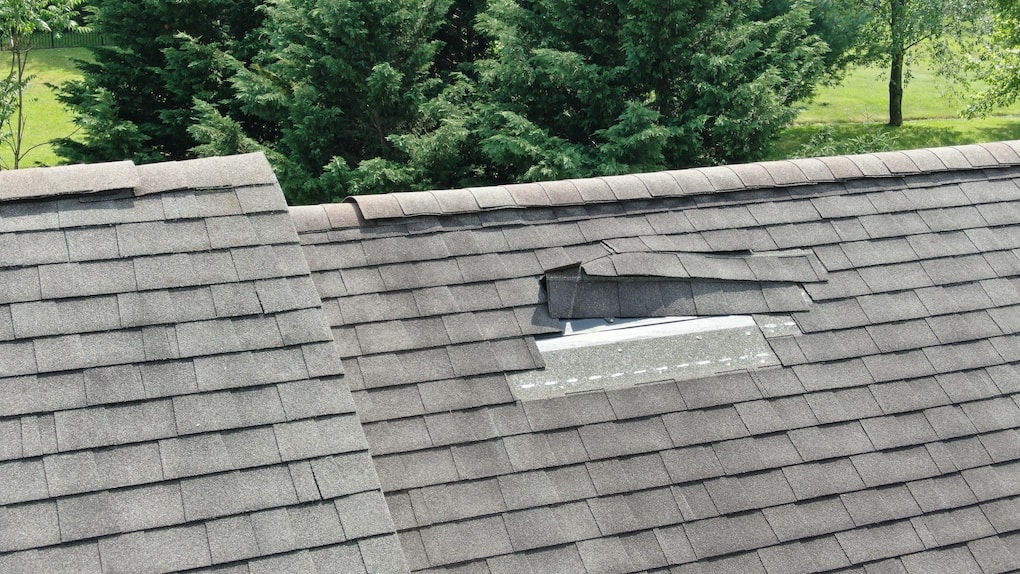
Damaged Shingles
Another noticeable sign of roof damage is damaged shingles. Damaged shingles can be caused by strong winds, hail, or even just the weather itself as it slowly eats away at them and weakens their integrity. As a result, they may look cracked, torn, dented, or have other symptoms of damage. Unfortunately, this can quickly lead to water damage or rot if not addressed right away.
Debris Damage
Strong winds can carry large debris such as twigs, branches, or even lawn furniture. When that debris hits your roof, it can cause extensive damage to your shingles, gutters, or siding. When hit with debris, your shingles can be cracked, dented, or even broken off completely. This damage can often be covered by insurance, so it’s important to inspect your roof after a big storm, especially if you notice tons of debris around your yard or on the roof.

Loss of Granules
Asphalt shingles have granules as their first layer of protection, and when those fall off, it leaves your roof susceptible to damage and leaks. Hail storms can hit your shingles, causing those granules to break off in large clusters. Signs of this would be dark spots on your shingles or finding the granules themselves in your gutters and downspouts. A professional contractor can take a closer look with a thorough inspection and repair the shingles that have lost granules.
Damaged Flashing
Flashing is often one of the first things to go on your roof, especially if not installed correctly. Your roof and flashing are meant to work together as a system, so if there’s a weak point in the roof, it can cause problems for your entire home.
Damaged flashing is often caused by rot or water damage that gets into those tiny cracks and crevices around vents and chimneys. However, flashing is fairly easy to replace, as long as the damage is caught early.
Water Leaks
Water leaks are a sign of roof damage that many homeowners don’t catch until it’s too late. Water can cause rot, peeling paint, or even mold if not dealt with immediately. You may notice water spots on your ceiling, in the attic, or signs of seepage in the rooms below the leak.
Unfortunately, many homeowners don’t know that even the tiniest little hole in your roof can cause a detrimental leak requiring extensive repairs to your home. So pay close attention to any early signs!

Poor Ventilation
A poorly ventilated roof can cause problems for your entire home. It’s possible for debris to build up and block airflow in the attic over time, especially if your roof does not have enough piping boots to vent it. This causes moisture buildup, which creates mold and rot at a much faster rate than usual. As a result, you may notice signs of water damage from poor ventilation in addition to signs of mold.
Moss or Algae Growth
Wood, asphalt, and concrete tile roofs are susceptible to moss or algae growth if left untouched or poorly maintained. Moss or algae growth can eat away at your shingles and create even more problems for you down the road, such as water leaks, mold, rot, etc. Therefore, it’s critical to get your roof assessed at the first sign of this type of damage.
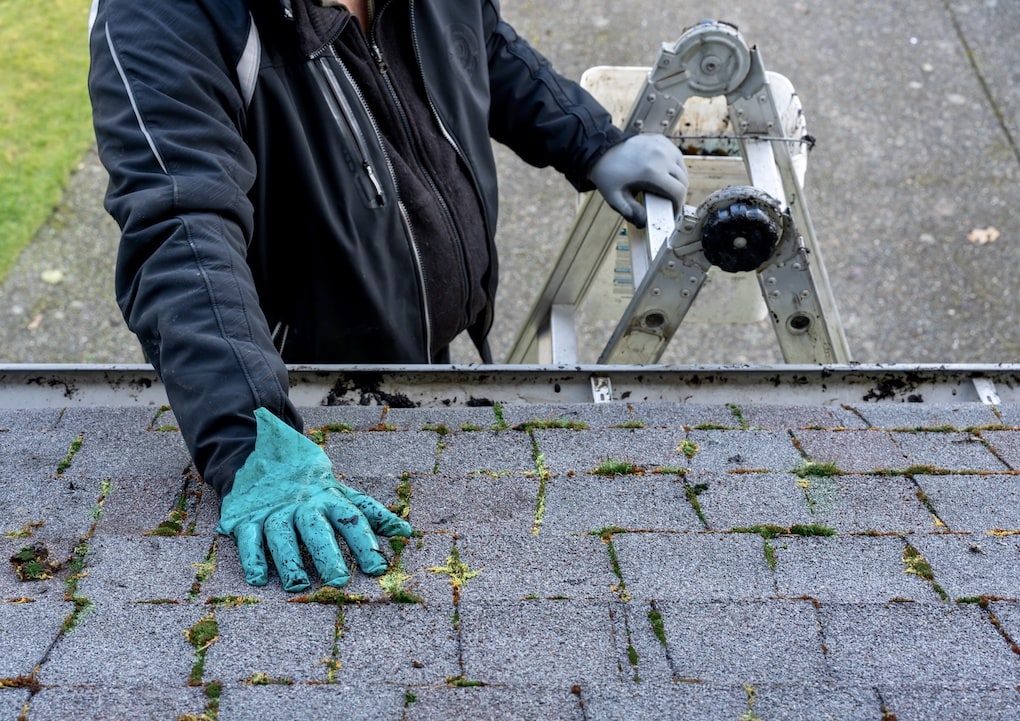
Insect or Rodent Infestation
Mice, rats, and bats are especially drawn to your roof because of the warmth, dryness, and protection from predators. Once they begin nesting in there or making little holes for ways into your attic or walls, you’ll have signs of infestation throughout your home, such as droppings or chewed wires which are both very dangerous for those living in the home.
What to Do if You Have Roof Damage
No matter what type of roof damage you have sustained, time is of the essence. Catching it early means you can get your roof inspected, repaired, or replaced as soon as possible. The longer you put things off, the worse the damage can get, especially when it comes to water leaks.
If you suspect or find roof damage, follow these crucial steps:
1 – Assess and Document the Damage
Take photos of the damage, and note signs of water leaks or signs of mold and rot. Then, document your findings by taking detailed notes to share with a contractor when they come to inspect your property in person.
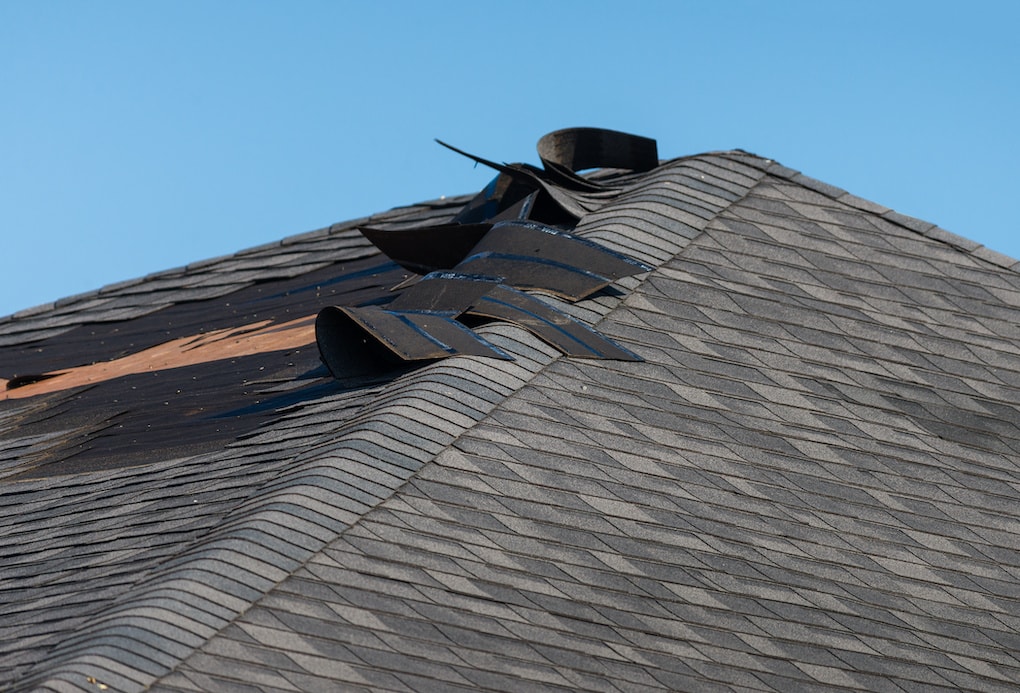
2 – Mitigate Further Risk and Fix What You Can
If your damage is severe and requires covering the area with a tarp or other actions to protect your home from further damage, do so. Many contractors can also come tarp your roof in the case of an emergency. If you can fix the problem yourself or with a bit of help, then go for it! You’ll save money by doing some of the work yourself, but always call the pros for complicated repairs.
3 – File an Insurance Claim
Contact your insurance company and let them know that you need to file a claim. Be sure to have all the necessary documentation for filing purposes, which will help make things go as smoothly as possible. While many homeowners are skeptical of this step because they don’t want their rates to increase or be denied altogether, it’s important to remember that roof damage is inevitable, and you need to get it taken care of before worse damage occurs.
4 – Call Your Local Contractor for an Inspection
Find yourself a reputable, local contractor in your area who can come out to inspect any damage. This is the time for them to quote prices and tell you exactly what steps they’ll take moving forward, including how long it may take before things are back on track. Apple Roofing does thorough inspections for storm damage and other roof damage such as wear and tear and issues due to poor workmanship.
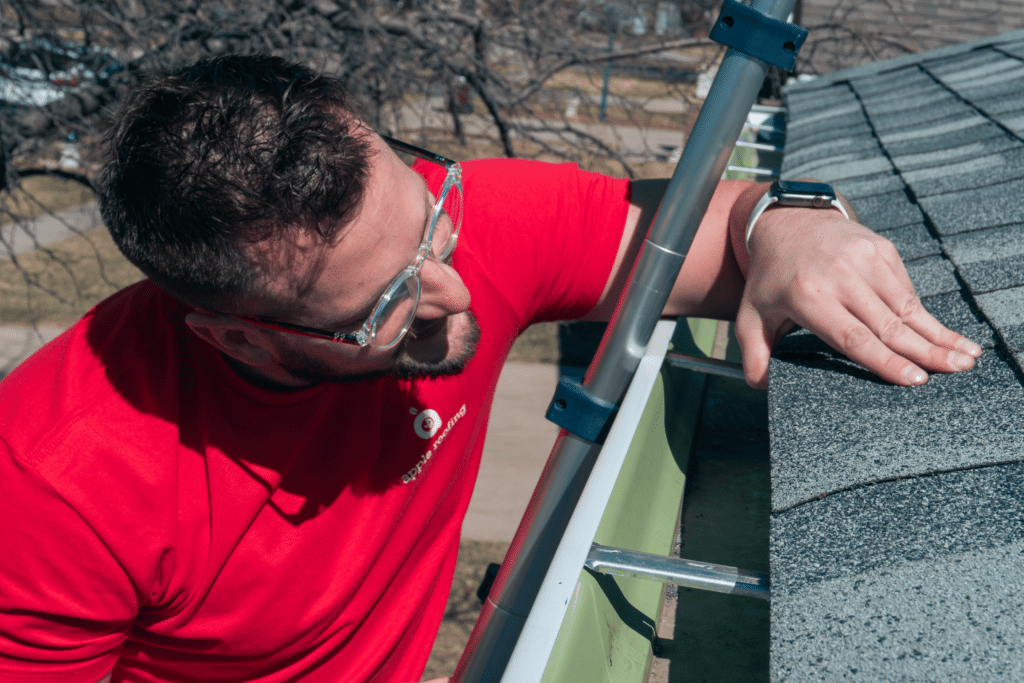
5 – Schedule Your Roof Repair
If you like the contractor’s quote, then it’s time to book your appointment. If not, go with another until you find one that best suits your needs and budget. Of course, you’ll want a roofing company that is well experienced and has great warranty offers. If you’ve sustained roof damage of any form, please call the professionals at Apple Roofing. We can walk you through all of the steps above and make the process as seamless as possible for you. Getting your roof repaired shouldn’t be hard: so let us take care of it. Contact us today to get started!











